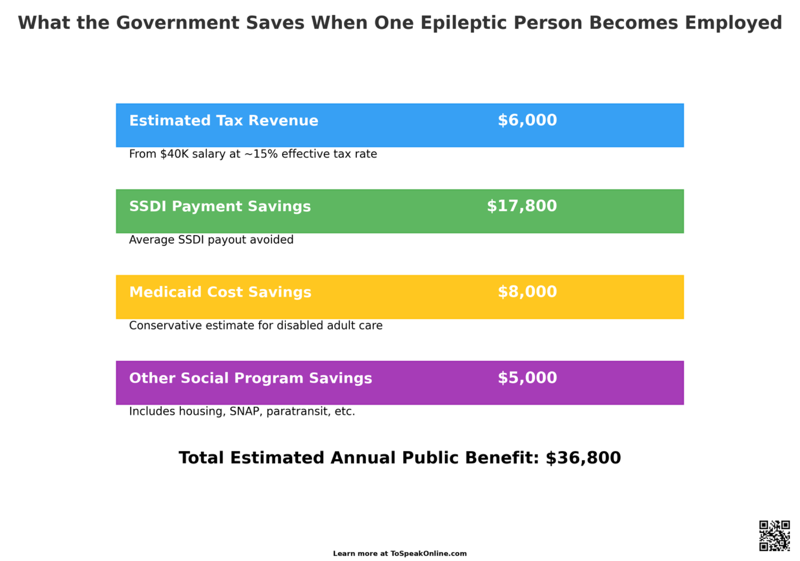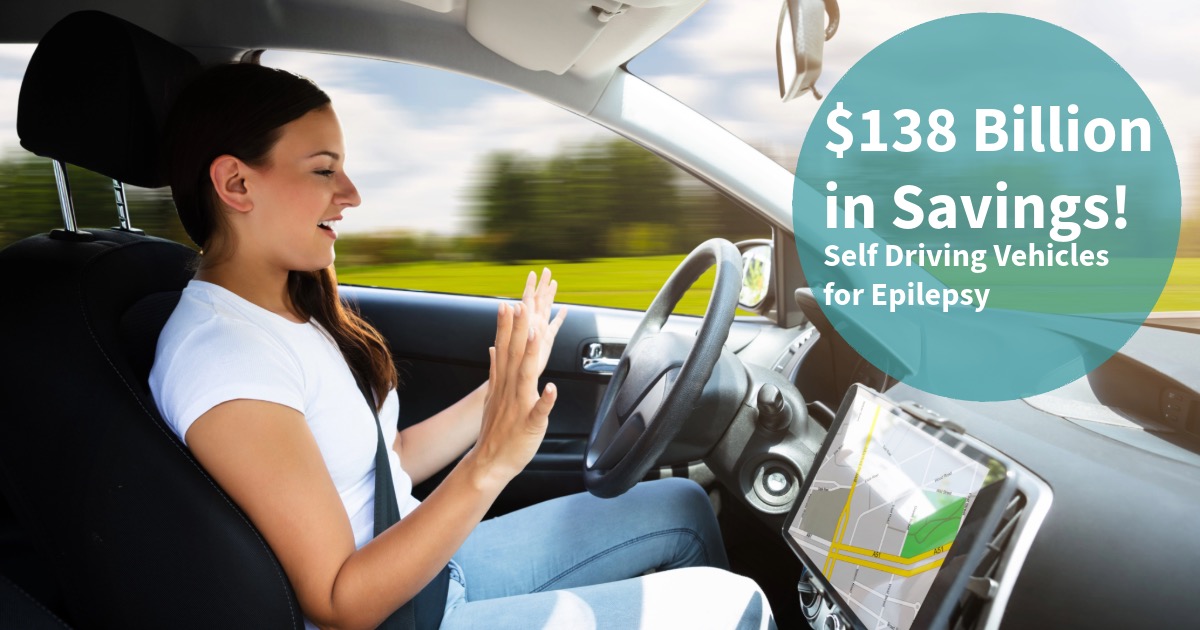For most of my life, I’ve had to choose between following the rules and surviving. As someone with epilepsy, the driving restrictions placed on me (while well-intentioned for public safety) have often boxed me into a life I didn’t want. A life dependent on others, not by choice, but by necessity and I’m not the only one. Nearly, 3 million U.S. adults have epilepsy, that’s roughly 1% of the population (cdc.gov).
Most states enforce seizure-free periods of 3 to 12 months before a person with epilepsy can legally drive. These laws make sense from a safety standpoint, but for those of us living with the condition, they limit our potential and isolate us from opportunity. According to the NIH, individuals with epilepsy face higher unemployment’s rates and higher likelihood of leaving school without qualifications.
Self driving cars offer a revolutionary solution. If subsidized for eligible individuals with epilepsy, autonomous vehicle (AV) access could restore independence, increase workforce participation, reduce dependence on government programs, and ultimately save billions in public spending.
How Epilepsy Driving Restrictions Limit Lives and Livelihoods
Imagine depending on others to get to work, to school, the doctor, or the grocery store, every single time. I’ve lived that and I’ve also had to bend the rules just to maintain my independence. Epilepsy doesn’t come with a roadmap. The unpredictability alone creates isolation. Every seizure restarts your timeline and as a result your ability to drive, to work, to socialize and to function freely.
Now consider you live in the suburbs, where public transportation is practically nonexistent. To make a decent living, you often must commute to a city. However, that requires a car, and with epilepsy, that’s not always an option. What then? For many, it means giving up on ambition, on education, on income, and for some, our dignity.
For many of us, epilepsy didn’t start at birth as well. It manifested later, during careers and plans. We’re not talking about people unwilling to contribute. We’re talking about people who were already contributing until epilepsy pulled the rug out from under them.
If we had a public service program that provided self driving cars or even subsidized their leases, we could transform that reality. These vehicles could be public assets, rotated back into service if someone no longer needed them. They could double as automated taxis. It would be a lasting investment in infrastructure, mobility, and dignity.
The Economic Case: How AVs Can Save the Government Billions
If even a fraction of people with epilepsy returned to the workforce through AV access, the government would reap enormous fiscal rewards.

Each employed individual would generate approximately \$36,800 in annual public savings through a combination of:
- Increased tax revenue from employment.
- Avoided SSDI disability payments
- Reduced Medicaid expenditures
- Less reliance on auxiliary support programs (housing, SNAP, paratransit, etc.)
How Big Is the Opportunity? Let’s take a look at the long-term saving based on size of policy deployment.

2.9 million U.S. adults have epilepsy (i.e., not including those under 18) and 50% face driving restrictions, if just 25% of those could return to work if they had reliable transportation – that gives us 375,000 eligible individuals to rejoin the workforce. Multiply that by $36,800 in savings each year and the picture becomes clear. Over ten years, we’re talking about more than $138 billion in potential public savings. That’s not a handout, that’s a smart investment.
Public Policy Proposal: How the Government Can Act
I propose that the federal government establish a subsidy program for autonomous vehicle (AV) access targeted at individuals with epilepsy who meet specific clinical and economic criteria. This could take the form of:
- Direct subsidies for AV purchases or leases.
- AV ride credit programs through certified providers (Waymo, Cruise, Tesla etc.).
- Integration into existing public policy, e.g., Medicaid waiver systems, SSA return-to-work programs.
A Call for Action: Sign the Petition, Share the Story
This is more than a tech story, it’s a human rights story, and a personal story. My excitement of this prospect can’t be expressed enough. Access to safe, independent transportation should not be reserved for those without visible physical limitations. The data is clear: supporting self-driving vehicle access for individuals with epilepsy would reduce public spending, increase economic participation, and affirm the dignity of hundreds of thousands of Americans.
We all want purpose. We all want to contribute. We all want to live on our own terms. Let’s give people living with epilepsy a real chance to do that.
You can show your support and sign the petition here(!): Sign Petition
Keep fighting and keep getting back up: Charles Randolph
If you would like to support my work, please consider becoming a member, for more information click here: To Speak Online Memberships





